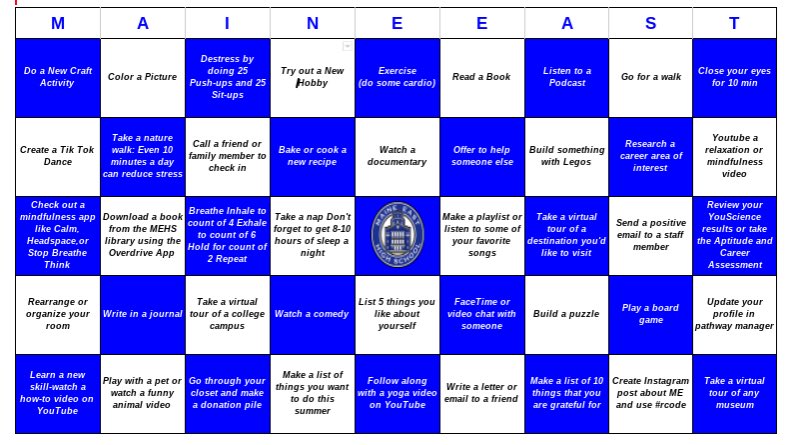Noteworthy Characteristics. Genus name comes from the Greek words kephale meaning 'head' and anthos meaning 'flower'. Buttonbush is a somewhat coarse, deciduous shrub with an open-rounded habit that typically grows 6-12’ (infrequently to 20’) tall. Purchase CeraVe products ranging from moisturizing creams, lotions, hydrating cleansers and more, all available at iHerb.com today. Looking for online definition of RCODE or what RCODE stands for? RCODE is listed in the World's largest and most authoritative dictionary database of abbreviations and acronyms The Free Dictionary. Free Online QR Code Generator to make your own QR Codes. Supports Dynamic Codes, Tracking, Analytics, Free text, vCards and more.
I have seen the use of%>% (percent greater than percent) function in some packages like dplyr and rvest. What does it mean? Is it a way to write closure blocks in R?
Rcode for a test for stationarity
Currently, there exists several good tests for stationarity. Probably, the first test for stationarity was proposed by Priestley and Subba Rao (JRSSB, 1969). Since then, several other goodtests have come on the market. Examples, includethe test proposed in Pararoditis (Bernoulli, 2009), Dahlhaus (JoE, 2009, Handbook of Statistics, 2012), Dette, Preuss and Vetter (2011) and Nason (JRSSB, 2013) . Please note this is not an exhaustive list and if I have omitted a test send me an email.

How To Install R
Here we describe the test for stationarity proposed in Dwivedi and Subba Rao (JTSA, 2011) and for multivariate time series in Jentsch and Subba Rao (2013). This is thevery basic code for the Gaussian univariate case. Below I brieflyhow it works.
These tests are based on the idea that for a second order stationary processes the correlation betweenthe DFTs is close to zero (this can be understood by considering the Spectral representation of a second order time series, the DFTs can be treated as an approximation of the orthogonal increment process). Whereas for nonstationary time series there does exist correlation between the DFTs (if one could construct a spectral representation of a nonstationary time series, the increment process would not be orthogonal).
Both the test statistic proposed in Dwivedi andSubba Rao (2011) and Jentsch and Subba Rao are based on looking for correlations in DFTs. The test statistic proposed in Dwivedi and Subba Rao test is for univariate time series and is really designed for Gaussian time series. In the case of non-Gaussianity the test statistic contains an (fourth order cumulant) additional term, that needs to be estimatedto ensure that the test does not lead to too many false positives. This issue is addressed in the Jentsch and Subba Rao (2013), where a bootstrap procedure is proposed to estimate this variance (this means the test can be applied to nonlinear time series). In addition, in Jentsch and Subba Rao (2013) we show that the correlations in the DFTs characterise the nonstationarity, therefore we propose a test statistic that can capture a wider class of alternatives (by inclusion of a lag parameter l).

Hereis the basic code (assuming Gaussianity, but allowing for the lag parameter l) can be found at (it include both the DFT covariance, the test, though this can be modified and some basic options for plotting).


Qrcode.kaywa.com

Refused Unexpected Rcode Resolving
Personally, rather than just doing a test I like to `see' the covariances. Therefore,I would recommend plotting the DFT covariance for different l (see Jentsch and Subba Rao (2013) for the precise definition) over r (it's a bit like an ACF plot). Several large spikes (over the 1.96 lines) suggest nonstationarity in the time series.As a rule of thumb, if the time series is locally stationary the DFT covariance should decrease with the lag r.On the other hand, if the time series is periodically stationary one should see large spikes at evenly spaced distances. The number of spikes over the length of the time series correspond to the number of periods in theperiodically stationary time series (in other words it it was periodically correlated with period 2, you should see two spikes between one and T). To understand how correlations in the DFT are related to periodically stationary processes one should look at the literature on harmonizable time series Goodman (1965) is a good reference.
Code
Please note, that the above is really designed for Gaussian time series. In addition, a very crude estimator of the spectral density is used (rectangle kernel based on an average of 13 frequencies).For the general case, you should contact my collaborator, Carsten Jentsch, for the code.
